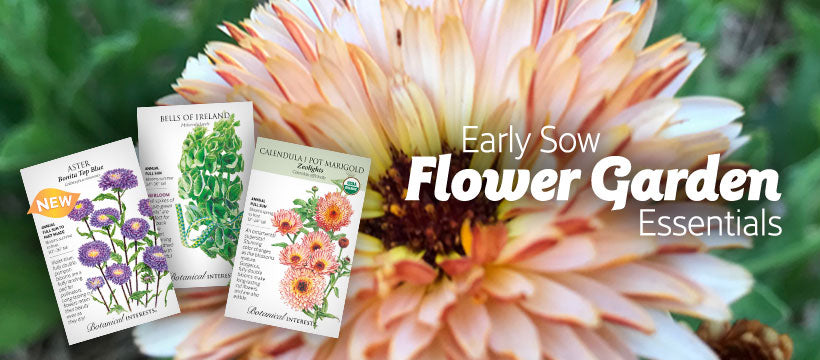Planning a flower garden can be a lot of fun, but choosing colors for your garden can seem overwhelming  with so many choices. However, applying some basic color theory principles is a great way to get started.
with so many choices. However, applying some basic color theory principles is a great way to get started.
There are four different approaches to color schemes: complementary, monochromatic, analogous, and triadic.
The complementary color scheme uses colors that are opposite each other on the color wheel. Examples are orange and blue, pink and green, yellow and purple.

The monochromatic color scheme uses variations in lightness and saturation of a single color. Examples are shades of light blue to dark blue or pink to dark red.

The analogous color scheme uses colors that are next to each other on the color wheel. Examples are light blue to dark purple and light orange to dark red.

The triadic color scheme uses colors that are evenly spaced around the color wheel. Examples are yellow, pink, and blue.

For trend-setters, the Pantone Color Institute, (an authority on color and the communication of color), chooses a special hue each year based on what is taking place in global culture. It serves as an expression of mood and attitude for the year. For 2019, they have chosen "living coral". Grow some intriguing coral-hued blooms this year!
"Sociable and spirited, the engaging nature of… Living Coral welcomes and encourages lighthearted activity. Symbolizing our innate need for optimism and joyful pursuits, …Living Coral embodies our desire
for playful expression." ~The Pantone Color Institute.

We'd love to see how creative you get with your color combinations! Hashtag your creations with #botanicalinterests.

